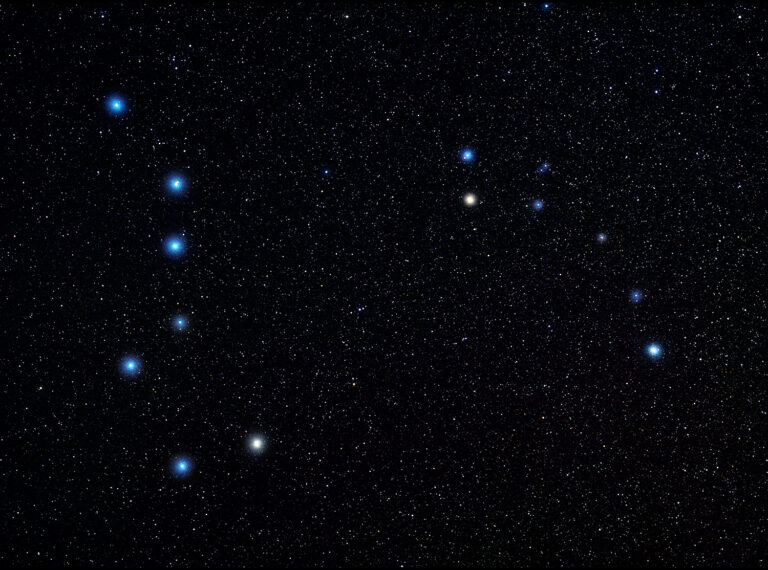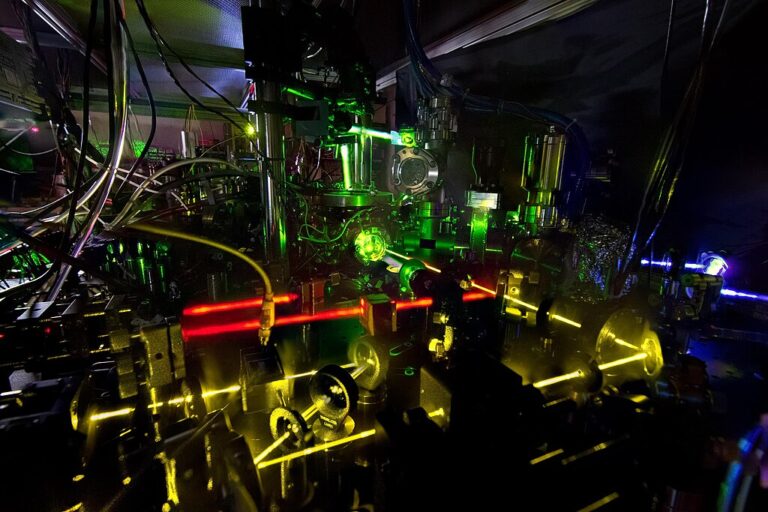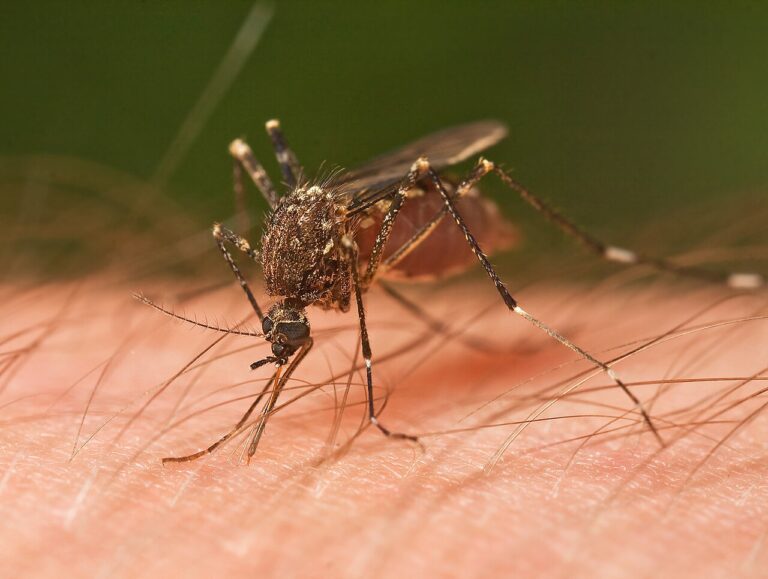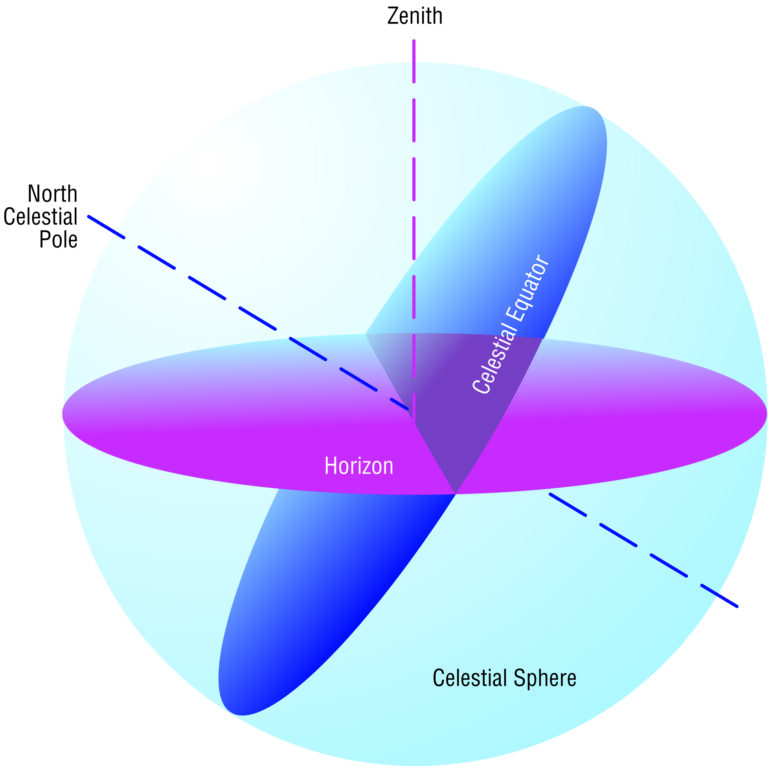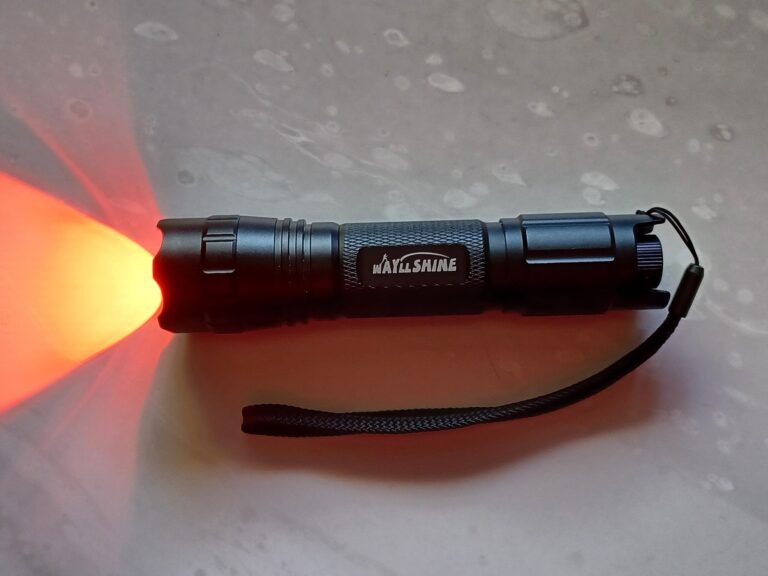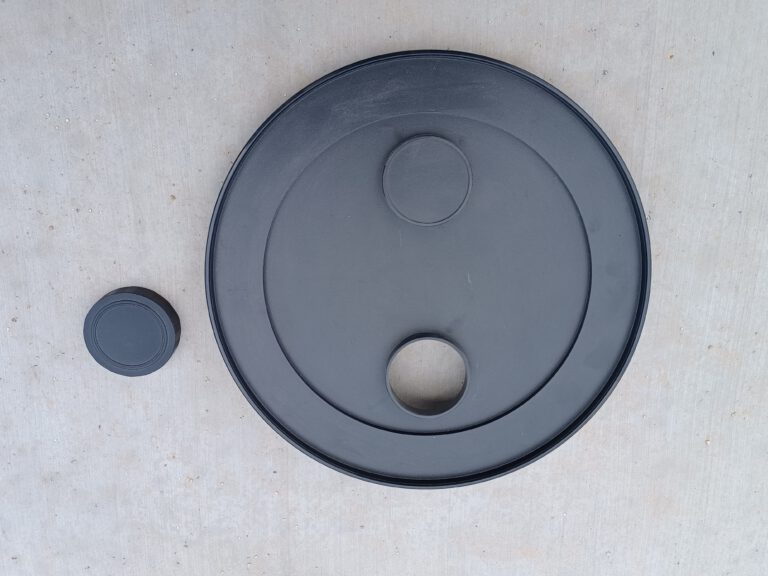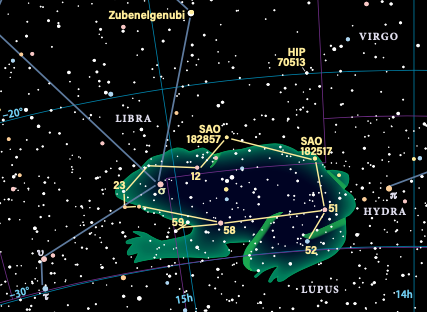
Key Takeaways:
- 88 constellations are officially recognized by astronomers.
- Bufo the Toad is a historical, now-obsolete constellation.
- Binoculars are needed to see Bufo's faint stars.
- “Viewing it is a fun way to keep its memory alive for a new generation,” said Phil Harrington.
Today, we recognize that the sky is divided into 88 standard constellations with well-defined boundaries, as adopted by the International Astronomical Union. You might be surprised to learn, however, that these were only officially approved 101 years ago. Before 1922, astronomers and authors could create their own constellations using fainter stars scattered among the more easily recognizable figures. There were constellations portraying historic figures, instruments, and all sorts of living creatures. Most have faded away over time, but a few are still worth remembering.
In the 1980s, several members of the Skyscrapers, Inc. astronomy club in Rhode Island wanted to do something about that. They decided to start a tongue-in-cheek campaign called “Bring Back Bufo” to call attention to one of these long-gone constellations.
Bufo the Toad was concocted by eccentric English scientist, actor, and author John Hill. In 1754, Hill published a dictionary of astronomical terms entitled Urania: Or, a Compleat View of the Heavens. In the book, he proposed filling the empty spaces between several constellations with smaller, unsung creatures. In all, he dreamt up 15 constellations. Besides Bufo, there were Anguilla the Eel, Hirudo the Leech, Limax the Slug, and Scarabaeus the Rhinoceros Beetle, among others. A follow-on edition published in 1768, entitled A New Astronomical Dictionary, included illustrations of all these.
Bufo lies within a barren portion of the southern sky, bridging Libra the Scales and Hydra the Water Snake. Both Libra and Hydra can be difficult to find under less-than-ideal skies.
Binoculars are needed to trace Bufo’s form, which spans nearly 10°. It’s best to start at Libra’s brightest star, the 3rd-magnitude tongue twister Zubenelgenubi (Alpha2 [α2] Librae), located 21° east-southeast of Spica (Alpha Virginis). From there, scan southward to Sigma (σ) Librae. At 3rd magnitude, Sigma marks Bufo’s eye and is the Toad’s brightest star. Sigma is a red giant star lying 288 light-years away, and is over 100 times larger and 1,800 times brighter than our Sun.
East of Sigma lies 23 Librae, the tip of Bufo’s nose. From here, retrace your steps west and move on to 5th-magnitude 12 Librae, then along to the slightly fainter stars SAO 182857 and SAO 182517.
From there, the Toad hops into Hydra, where 5th-magnitude 51 Hydrae marks its hip. Bufo looks like it’s ready to leap, with its hind leg stretching southeastward to 52 Hydrae.
Meanwhile, the toad’s belly extends northeast to 58 Hydrae. Look just to the north for five 5th-magnitude stars set in an arc-shaped asterism that I call Bufo’s Bicep.
Completing the toad, the front leg extends to 59 Hydrae, while the rest of its body is connected back to 23 Librae.
Once you figure out Bufo, locate two nearby double stars within Libra. I like to think of them as two flies tempting our toad to jump northward. The closer target of the two is HIP 70513, found by James South and John Herschel. The stars shine at magnitudes 6.6 and 7.0 and are separated by about 35″. That makes them bright enough and wide enough to split through 10x binoculars, especially if those binoculars are mounted on a support. Both are pure white, type A stars, although some observers have noted they appear yellowish.
A second double lies farther north. In fact, we already stopped by it briefly on our way to Bufo. Zubenelgenubi is composed of a 3rd-magnitude primary and a 5th-magnitude secondary separated by 231″. Those values mean that Zubenelgenubi is easy to resolve even through 8×25 pocket binoculars.
Bufo may never have achieved fame and glory like some other constellations, but viewing it is a fun way to keep its memory alive for a new generation.
Comments or suggestions? Contact me through my website, philharrington.net. Until next time, remember that two eyes are better than one.


